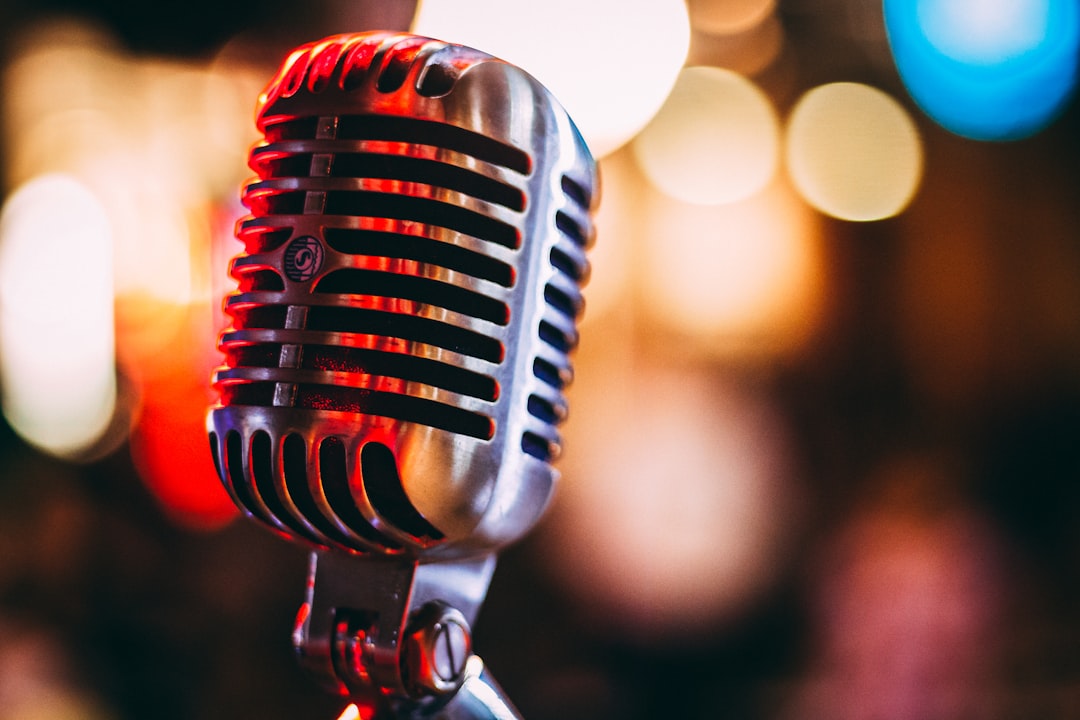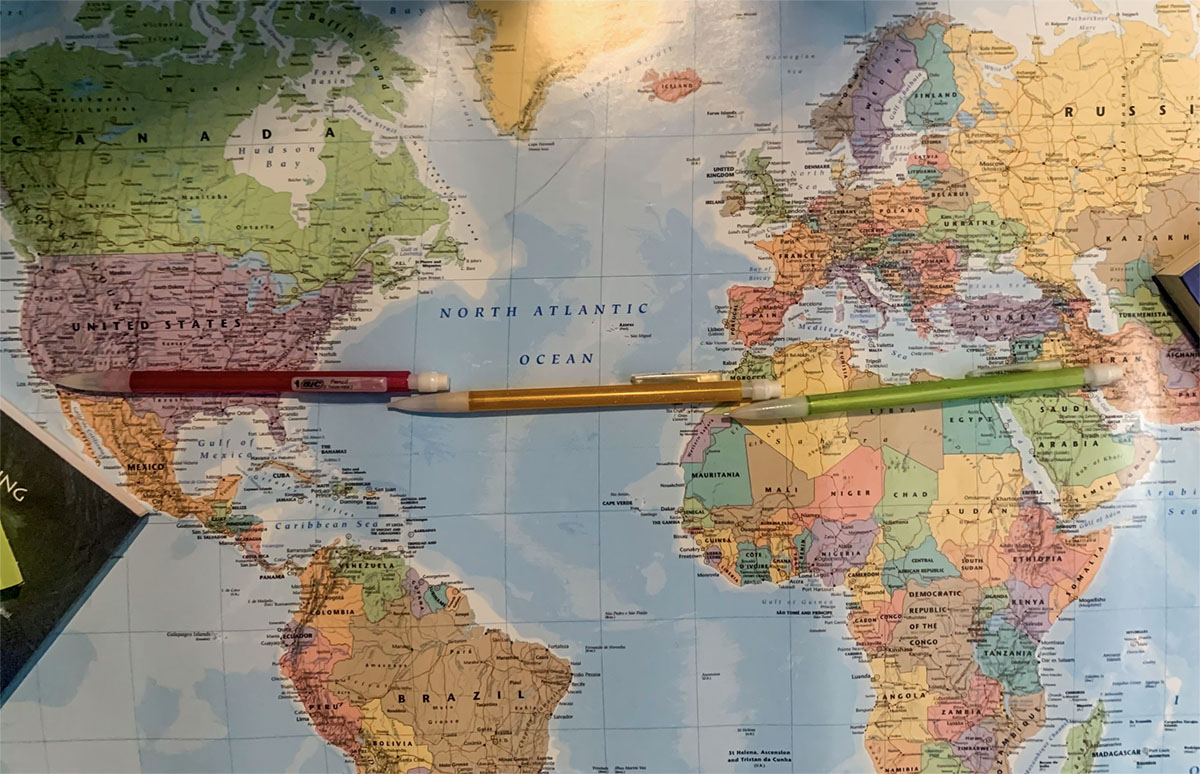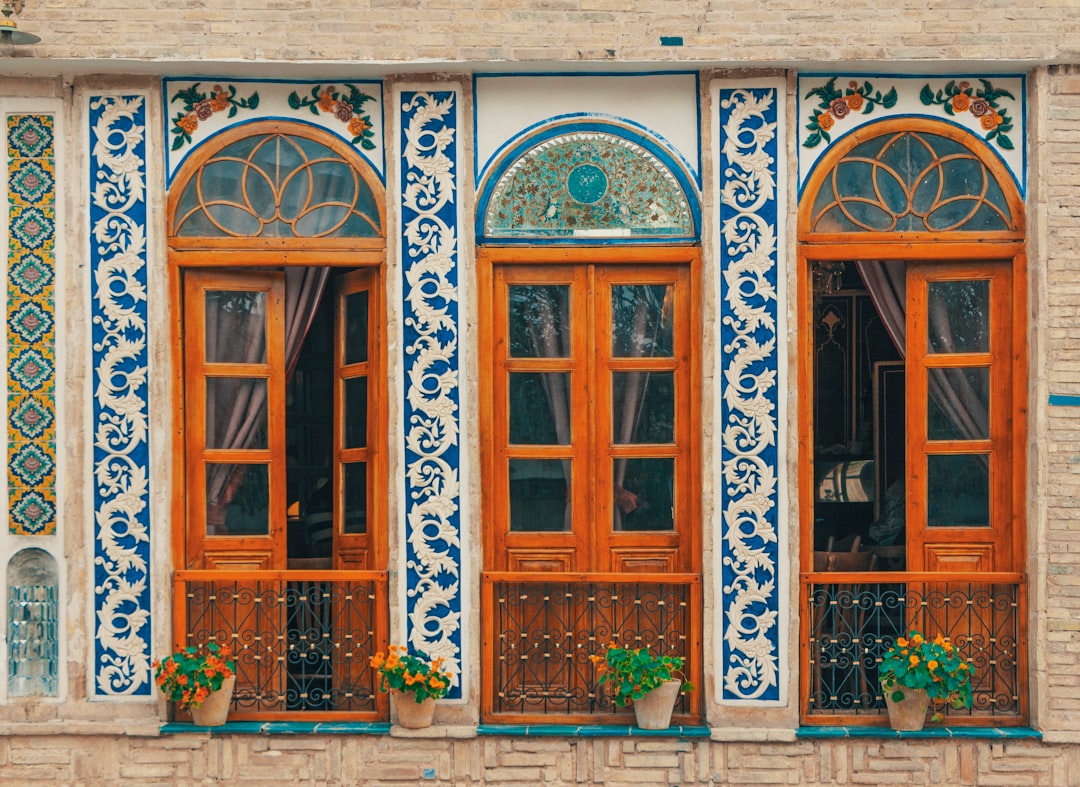Persian music is a world of deep emotion, poetic beauty, and rich history, spanning centuries of tradition, evolution, and adaptation. From the soaring vocals of classical music to the modern beats that now dominate Iran’s music scene, Persian music has evolved while still holding onto its ancient roots. In this blog post, we take a journey through the world of Persian music today, exploring how it has transformed and how traditional melodies continue to inspire modern sounds.
🎵 The Roots: Classical Persian Music
Persian classical music, or Radif, forms the foundation of Iranian musical tradition. This ancient form, which can trace its origins back over 1,000 years, is based on a complex system of modes, known as dastgahs, and it’s often played on traditional instruments such as the tar, setar, kamancheh, and ney. These instruments have become synonymous with Persian music, evoking feelings of nostalgia, beauty, and longing.
At the heart of classical Persian music is the emphasis on improvisation. Performers do not play pre-composed pieces; instead, they use the Radif as a guide, improvising within its structure. Vocalists, too, often perform in a style known as persian vocal music which is based on rich ornamentation, melismatic singing, and deep emotional expression.
One of the defining features of Persian classical music is the interaction between the vocalist and the instrumentalists, which creates a unique dialogue that feels intimate and evocative. The tar, a long-necked string instrument, is particularly revered, with legendary players like Ostad Mohammad Reza Shajarian elevating it to new heights.
🎧 Modernization: Persian Pop and Fusion Music
In the 20th century, the rise of new technologies, globalization, and political changes helped shape the evolution of Persian music. One of the most significant changes occurred after the 1979 Iranian Revolution, when Western pop music began to influence Iranian artists, resulting in the birth of Persian pop music. Artists like Ebi, Googoosh, and Dariush became household names, blending traditional Persian melodies with Western pop rhythms.
Despite restrictions in Iran after the revolution, the demand for contemporary music never disappeared. Many Iranian musicians moved abroad, especially to places like Los Angeles, where they had the freedom to produce music that combined Persian melodies with modern genres such as rock, electronic, and hip hop.
In recent years, Persian pop music has seen a resurgence, with younger generations pushing the boundaries even further. Artists like Shahram Shabpareh, Hamed Homayoun, and Arash have gained immense popularity, blending Persian music with Western pop, dance beats, and reggaeton rhythms. This fusion has made Persian music a dynamic force in the global music industry, appealing to both Iranians and international audiences.
🔥 The Rise of Persian Hip Hop and Rap
One of the most exciting developments in modern Persian music is the rise of Persian hip hop and rap. Emerging in the early 2000s, this genre was initially inspired by Western hip hop culture, but it soon adapted to reflect the unique experiences of young Iranians, especially those living in the diaspora. Persian hip hop is often used as a tool for social commentary, with lyrics addressing issues such as politics, freedom of expression, identity, and the challenges of living as an Iranian abroad.
Pioneers like Hichkas, Yas, and Salar Aghili have created a distinctive sound that blends rap with Persian rhythms, folk elements, and traditional poetry. Their music resonates strongly with the youth, giving voice to a generation that seeks to break free from societal constraints while staying rooted in their cultural heritage.
Unlike mainstream pop, Persian rap often tackles themes of resilience, social justice, and the struggles of the Iranian people, making it a powerful form of musical expression. Even in Iran, underground rap communities have found ways to continue their art, despite censorship.
🌐 Global Influence: Persian Music on the World Stage
As Persian music evolves, it has also made significant strides on the global stage. Iranian musicians, singers, and composers are now recognized worldwide for their talent and contributions to the music industry. With platforms like Spotify, YouTube, and Apple Music, Persian music is more accessible than ever to a global audience.
Artists like Ali Daei, Shahin Najafi, and Mahsa Vahdat have attracted international attention, performing at world-renowned music festivals and collaborating with artists from other cultures. In particular, Mahsa Vahdat has been celebrated for her powerful, soulful voice and her ability to blend Persian traditional music with global sounds. Her work highlights the universality of Persian music, transcending language and cultural boundaries.
Additionally, Persian music festivals, such as the Persian Music Festival in Los Angeles and the Tehran International Music Festival, continue to gain recognition, further contributing to the globalization of Persian musical traditions. These festivals bring together artists from different backgrounds, allowing them to experiment and share their craft with a wider audience.
🎶 The Influence of Persian Poetry
A defining characteristic of Persian music, whether classical or modern, is its strong connection to Persian poetry. The timeless works of poets like Rumi, Hafez, Saadi, and Ferdowsi have inspired countless musicians throughout history. Many traditional Persian songs are based on the poetry of these luminaries, with lyrics that reflect love, longing, spirituality, and the search for meaning.
In the modern era, Persian poets are still a significant influence on contemporary music. Modern artists often incorporate poetic references into their songs, bringing classical Persian poetry into the present day. For example, Shahram Nazeri, a revered classical singer, is known for his ability to blend traditional Persian poetry with contemporary arrangements, creating a sound that feels both ancient and modern at the same time.
🎤 Emerging Artists: The Future of Persian Music
While legends of the past have shaped Persian music, the future of the genre looks bright with the rise of a new generation of musicians. Emerging artists like Mohammad Reza Shajarian’s son, Mehdi Hosseini, and Sami Yusuf are bringing fresh perspectives to the music scene, blending Persian melodies with contemporary sounds like synthesizers, beats, and electronic production.
This new wave of artists is also experimenting with cross-cultural collaborations, merging Persian music with genres from around the world. For example, collaborations with Western pop artists, Middle Eastern musicians, and even African rhythms show how Persian music can evolve while staying connected to its roots.
💫 Conclusion: A Harmonious Future
Persian music is a vibrant, evolving art form that has made a mark on the world stage while staying deeply connected to its cultural roots. From traditional melodies and classical poetry to modern beats and hip hop rhythms, Persian music today is as diverse and dynamic as the country itself. As the world continues to become more interconnected, Persian music will no doubt continue to evolve, bridging cultures and creating new harmonies that resonate with people all over the world.
Whether it’s the ancient echoes of the ney, the vibrant rhythms of pop, or the lyrical wisdom of rap, Persian music remains a vital force in both Iranian culture and the global music scene. With each passing year, the melodies of Iran continue to evolve, reminding us that music, like culture, is ever-changing, yet always grounded in the heart of its people.





